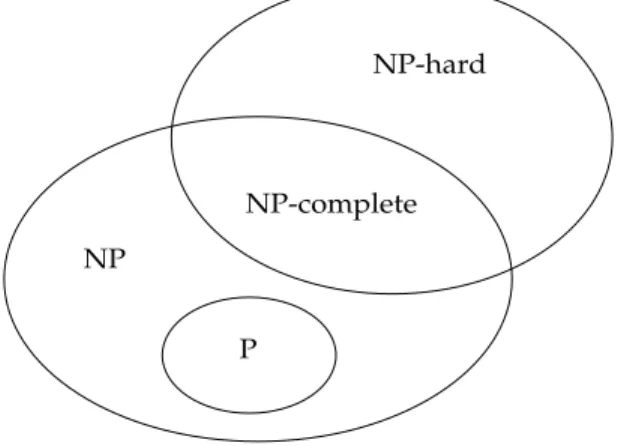The standard TSP can be stated mathematically as follows:
全文
數據

相關文件
9. The IEEE standard only requires that the extended precision format contain more bits than the double precision format... ing very common, it is still possible that you may need
• The burst profile to use for any uplink transmission is defined by the Uplink Interval Usage Code (UIUC).. – Each UIUC is mapped to a burst profile in the
The research is about the game bulls and cows, mainly discussing the guess method as well as the minimax of needed time in this game’s each situation.. The minimax of needed
The hashCode method for a given class can be used to test for object equality and object inequality for that class. The hashCode method is used by the java.util.SortedSet
Reading Task 6: Genre Structure and Language Features. • Now let’s look at how language features (e.g. sentence patterns) are connected to the structure
An additional senior teacher post, to be offset by a post in the rank of CM or APSM as appropriate, is provided to each primary special school/special school with
This kind of algorithm has also been a powerful tool for solving many other optimization problems, including symmetric cone complementarity problems [15, 16, 20–22], symmetric
Microphone and 600 ohm line conduits shall be mechanically and electrically connected to receptacle boxes and electrically grounded to the audio system ground point.. Lines in